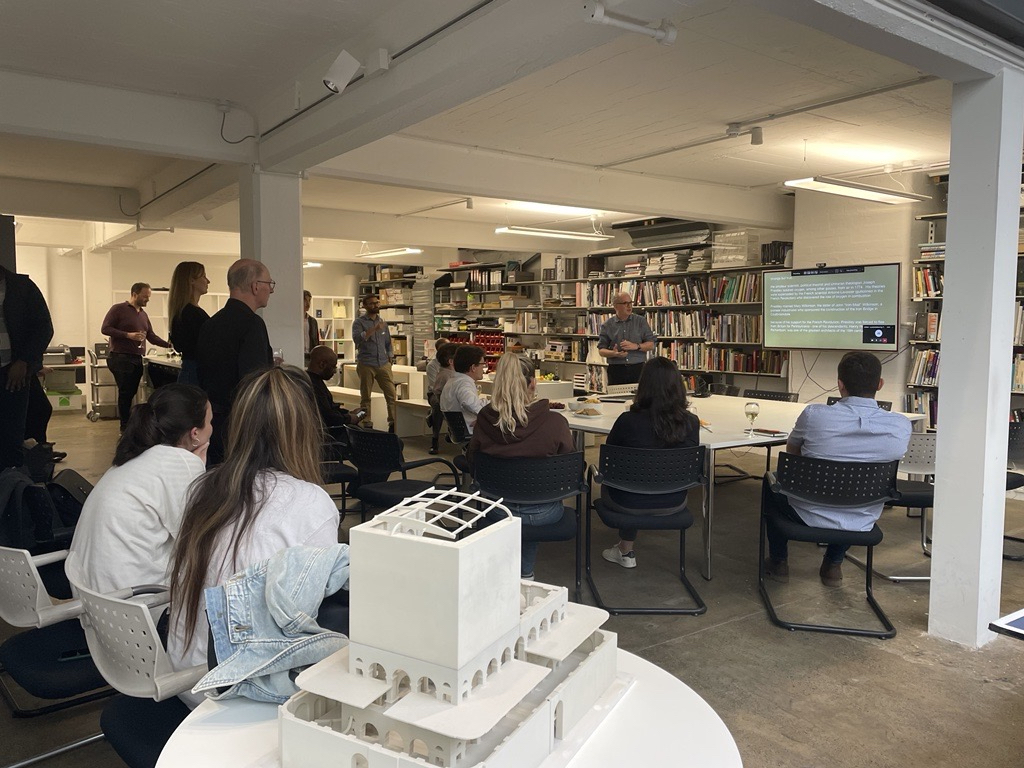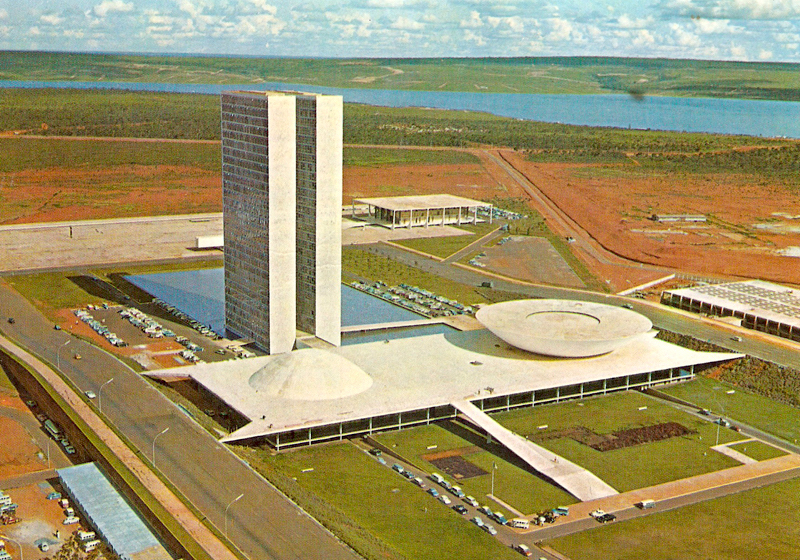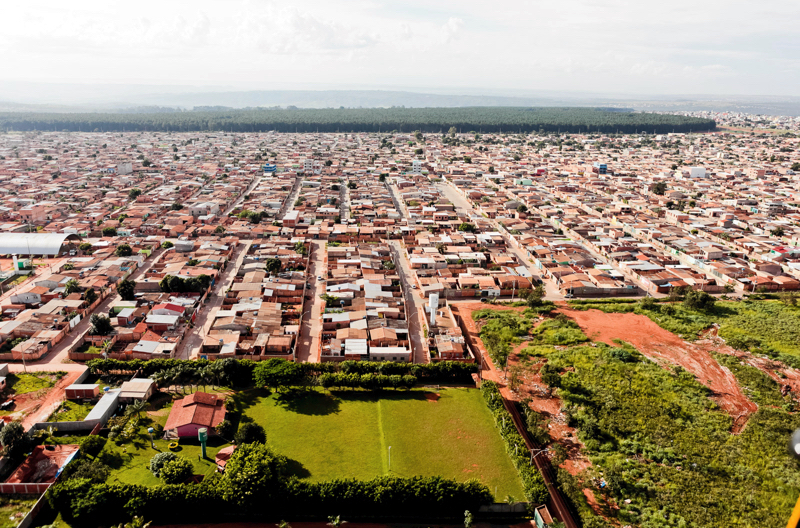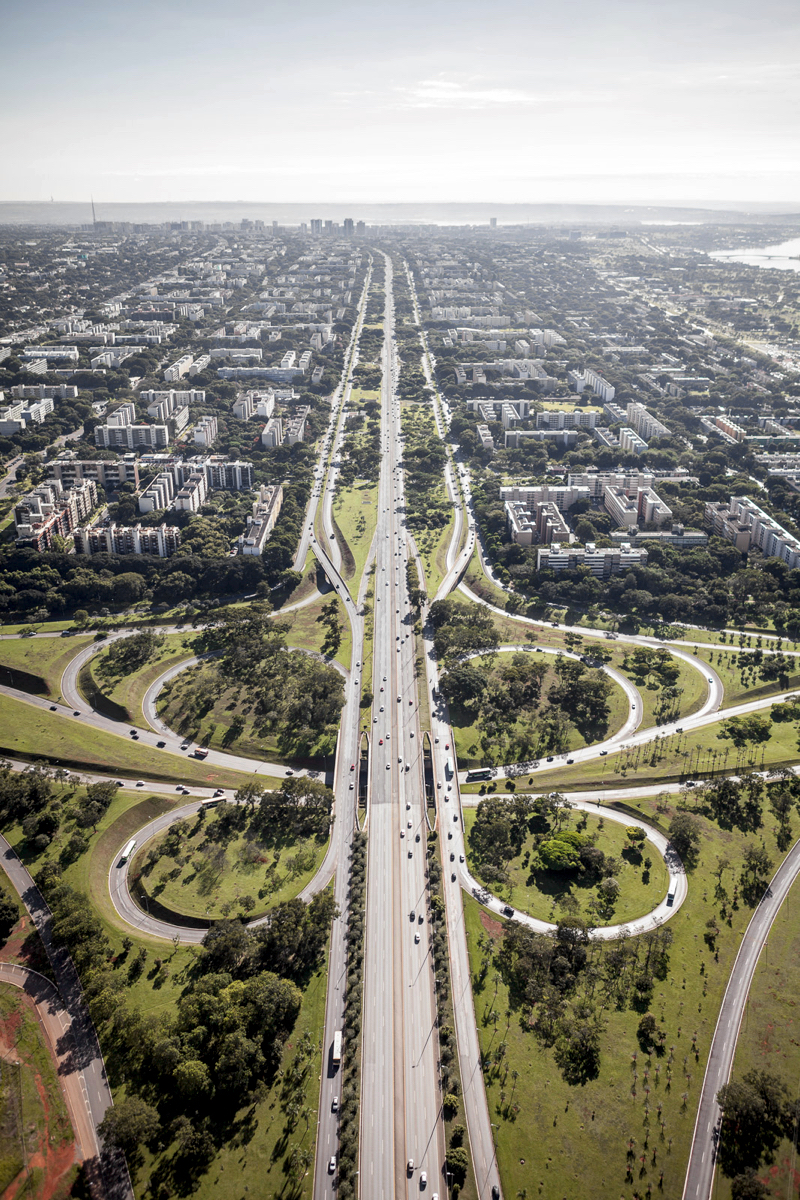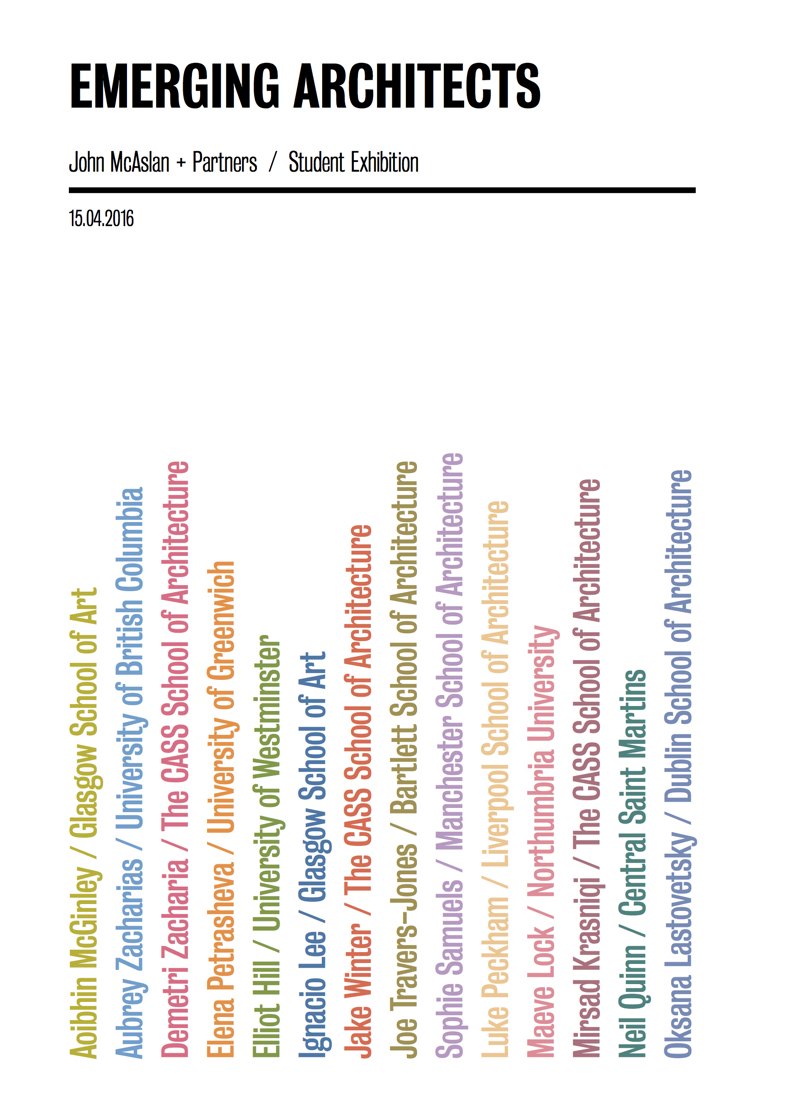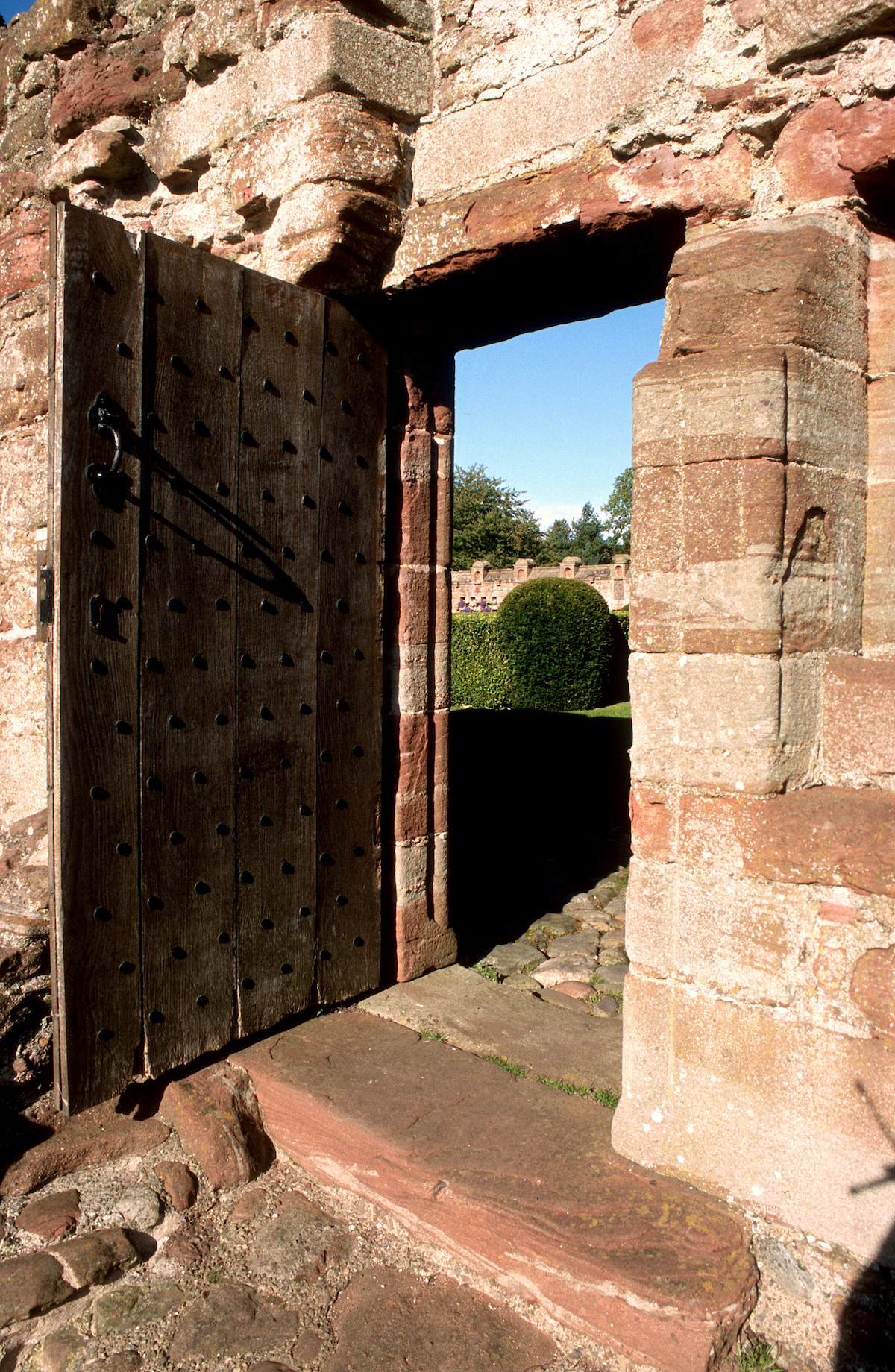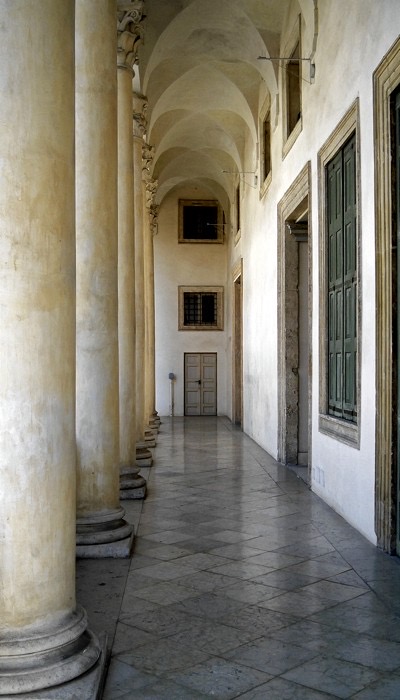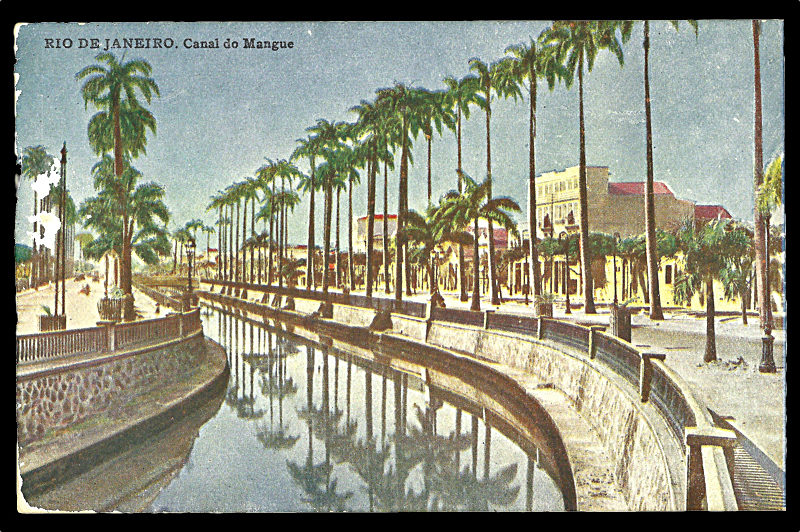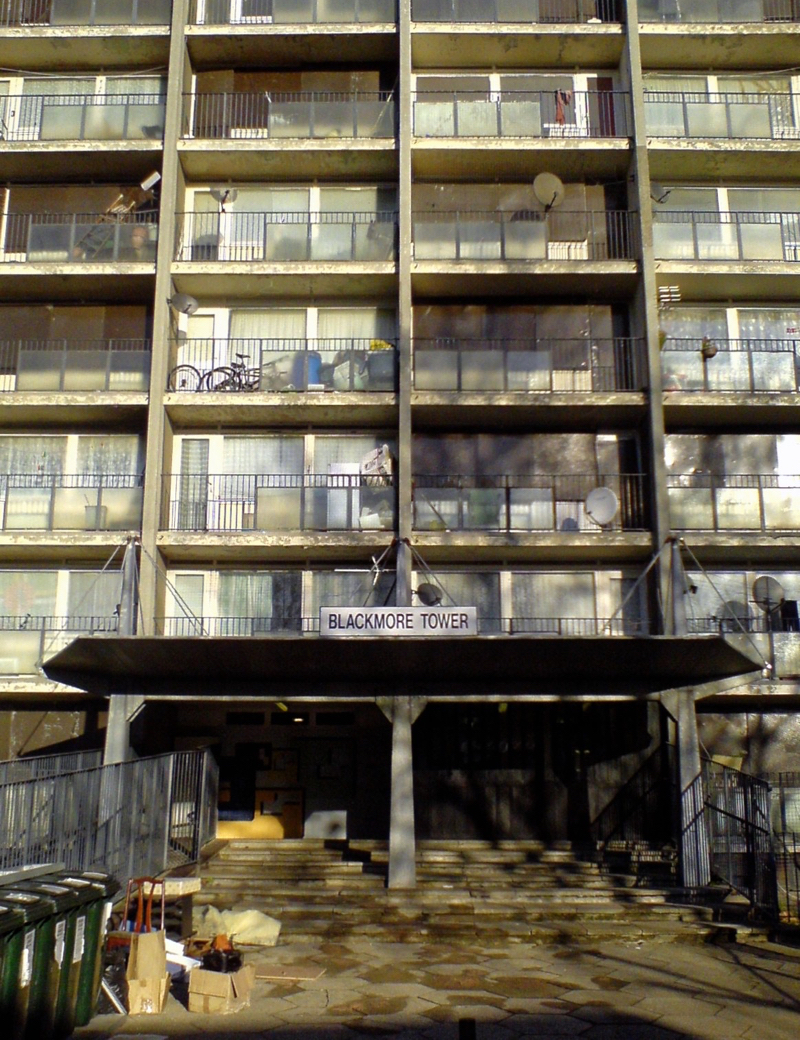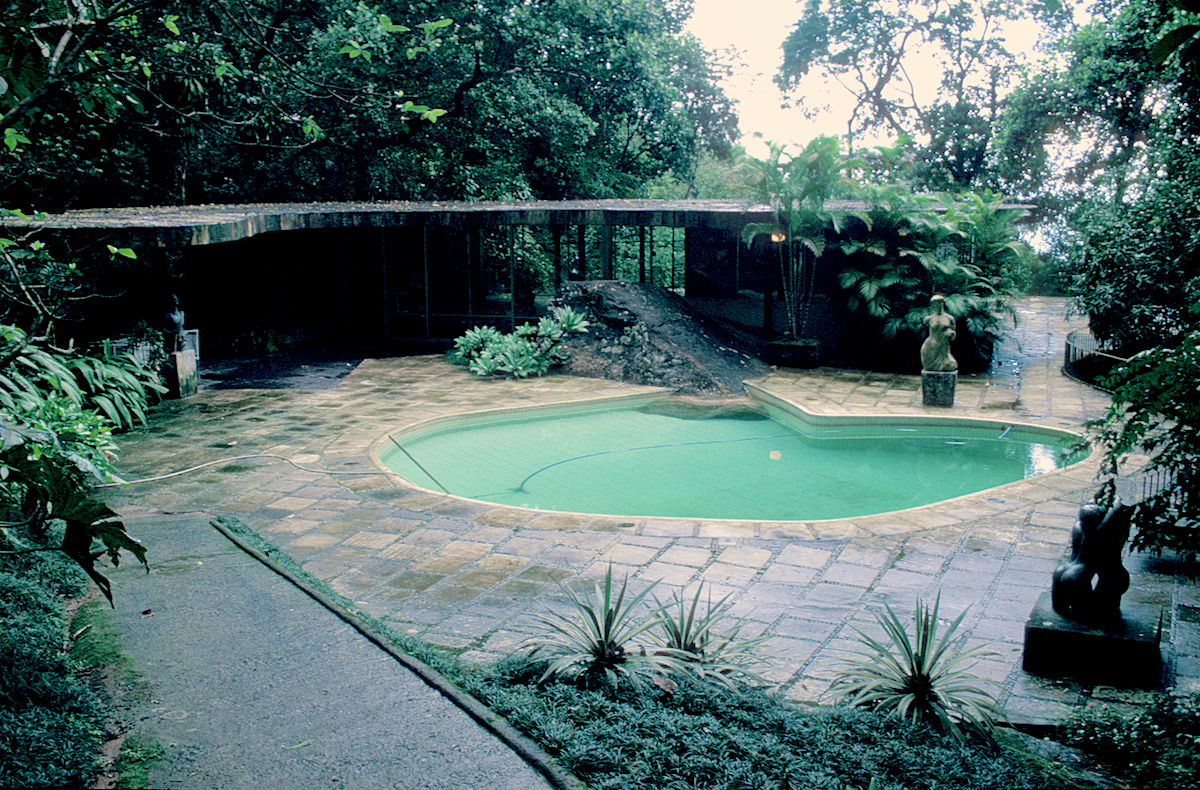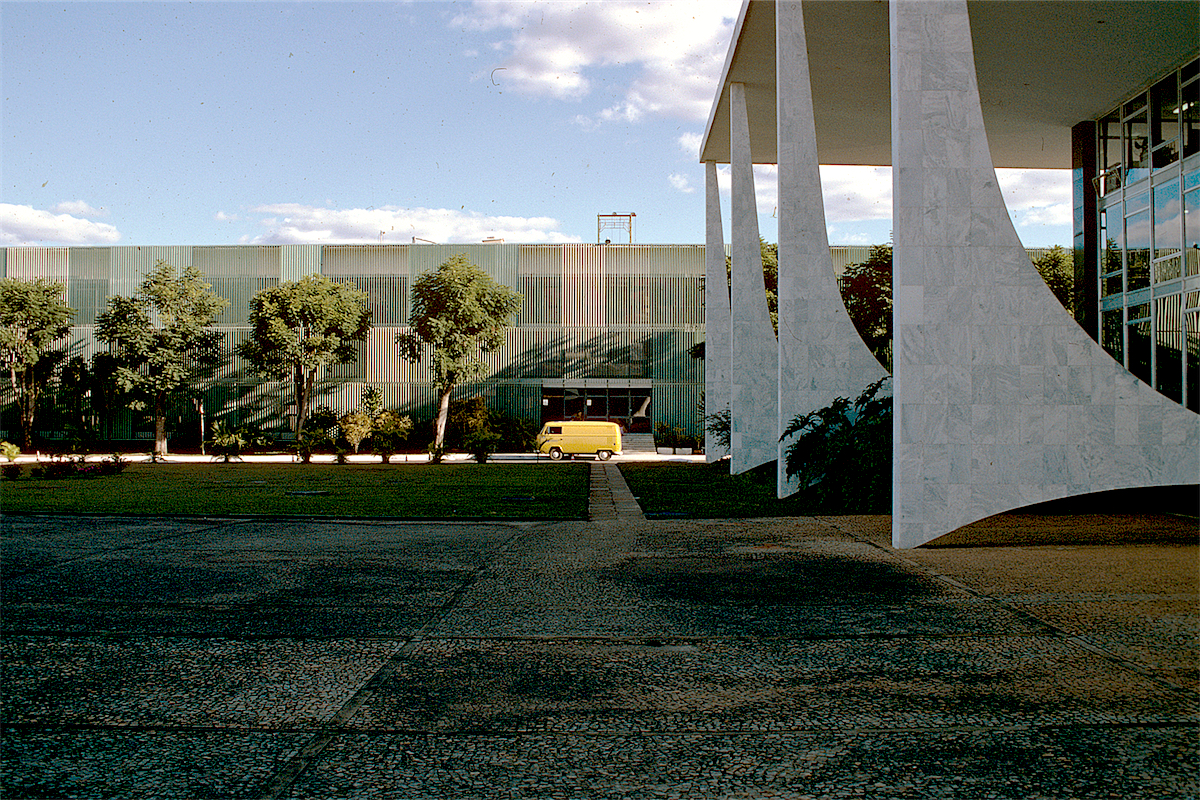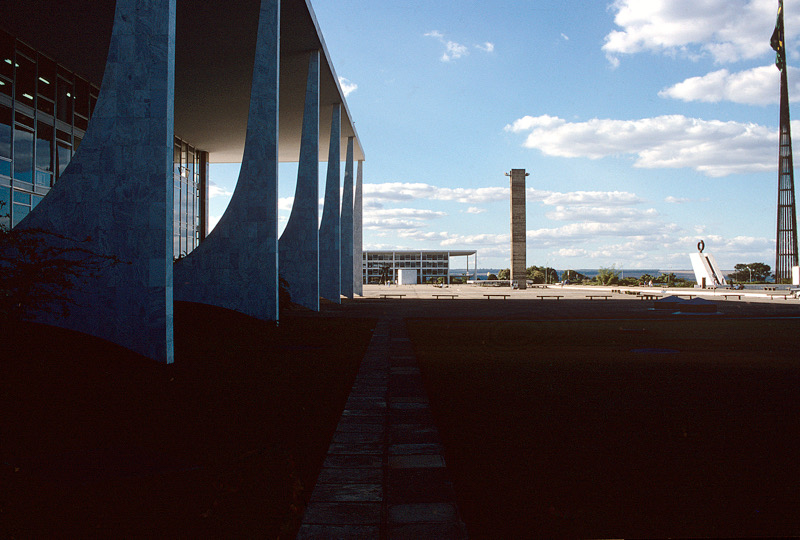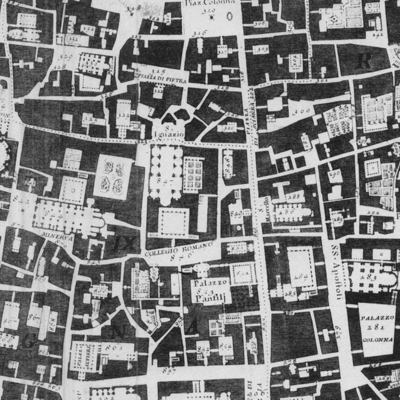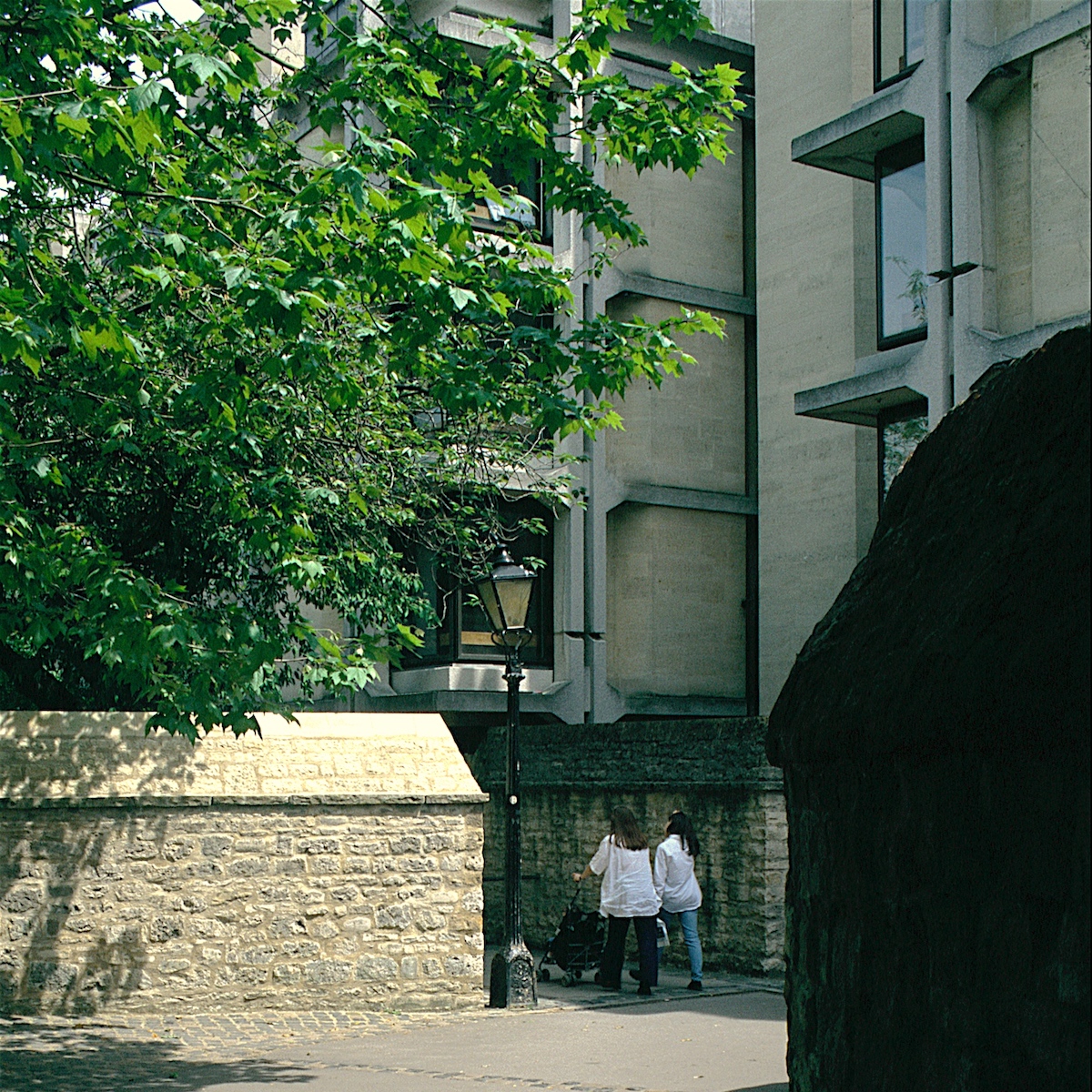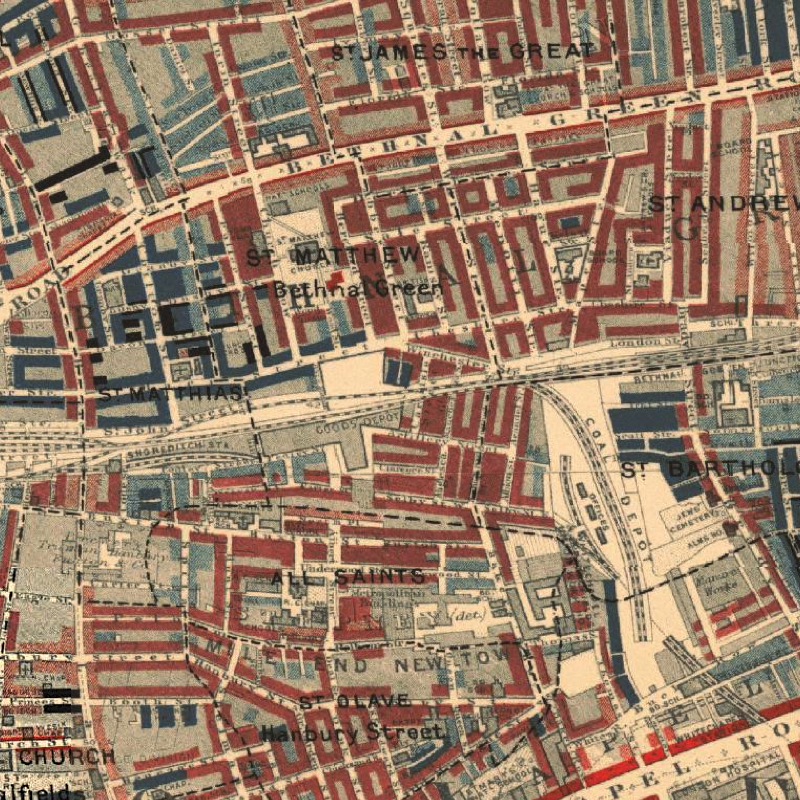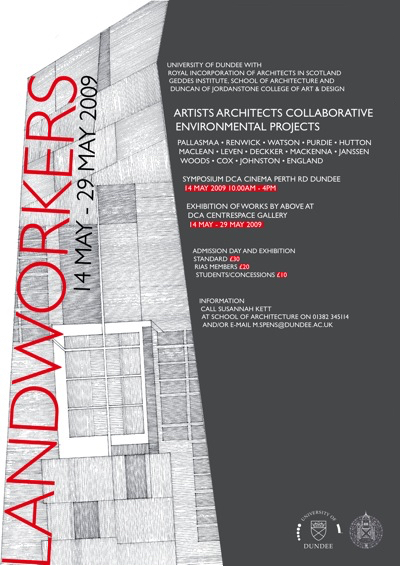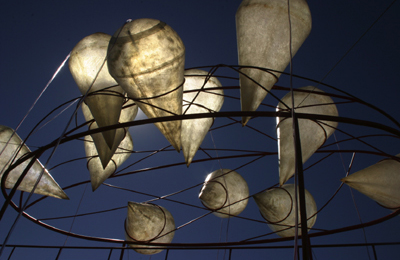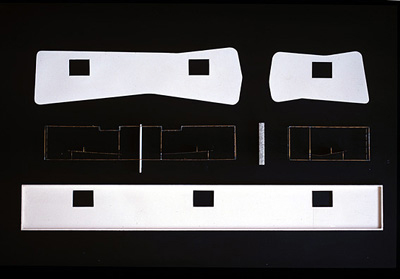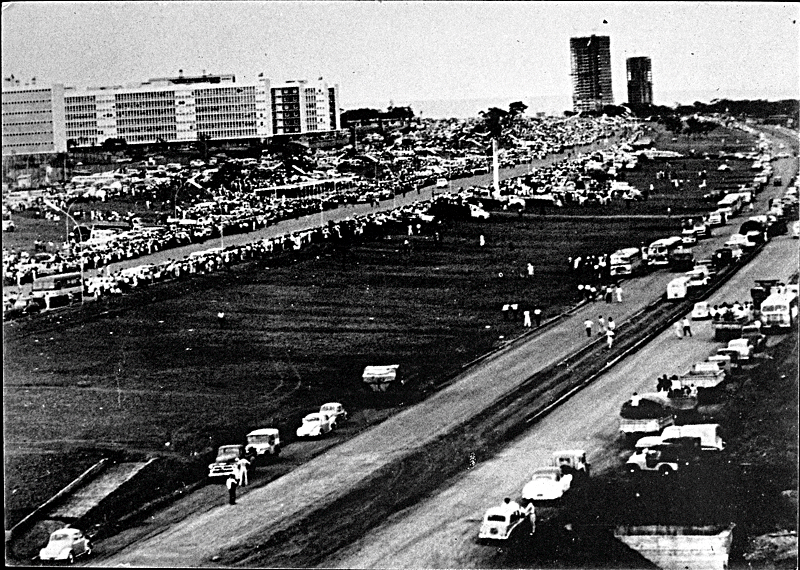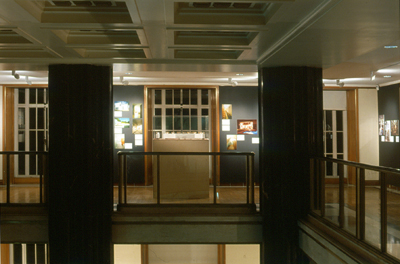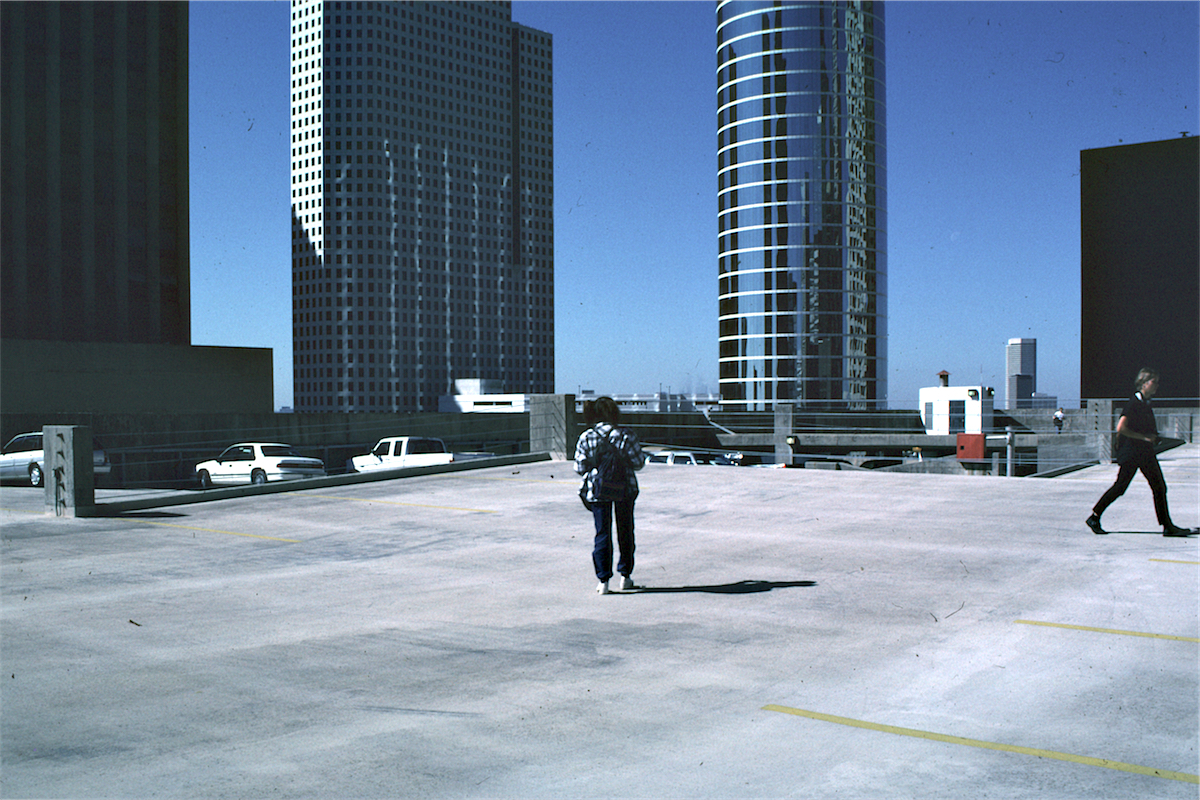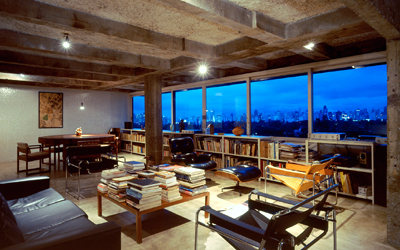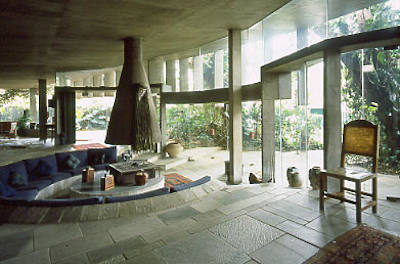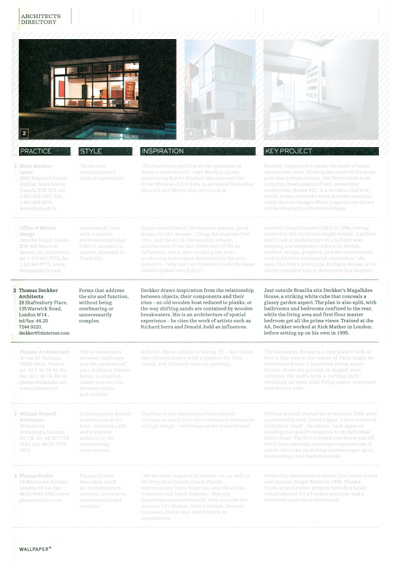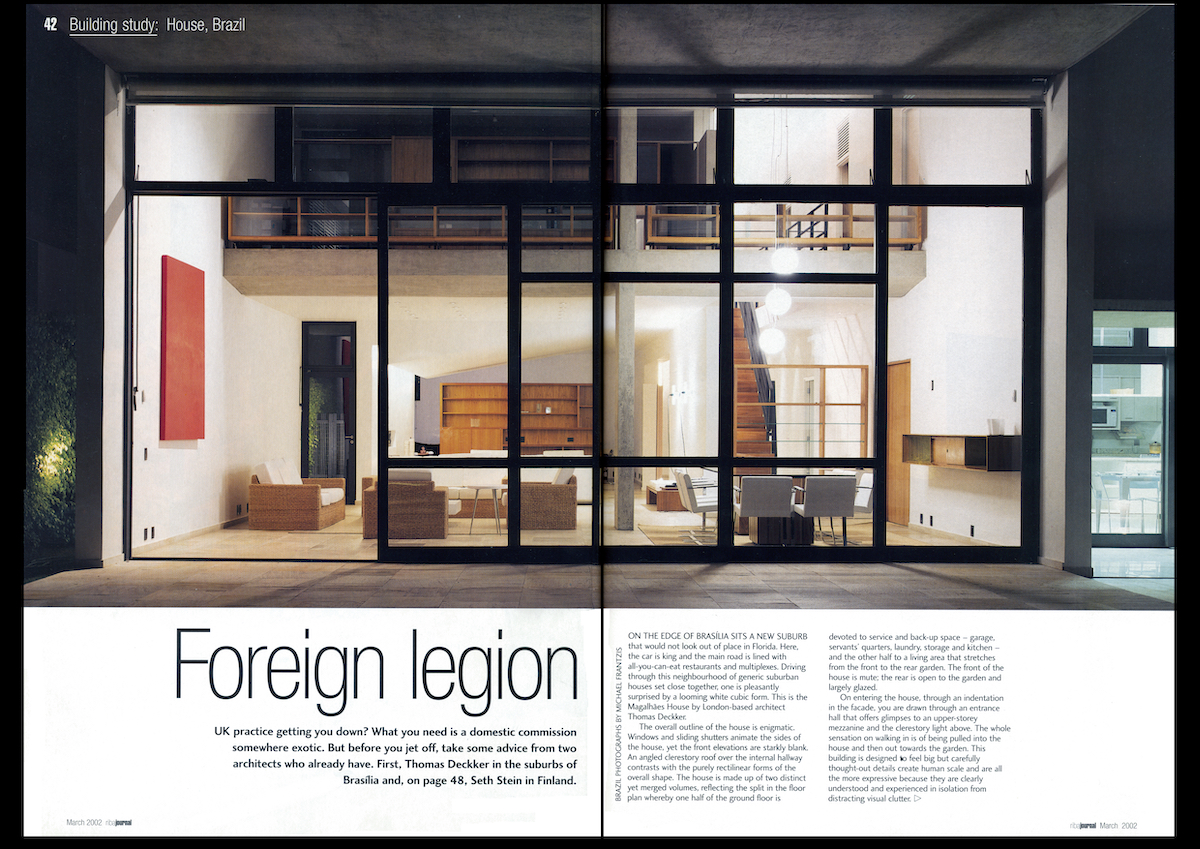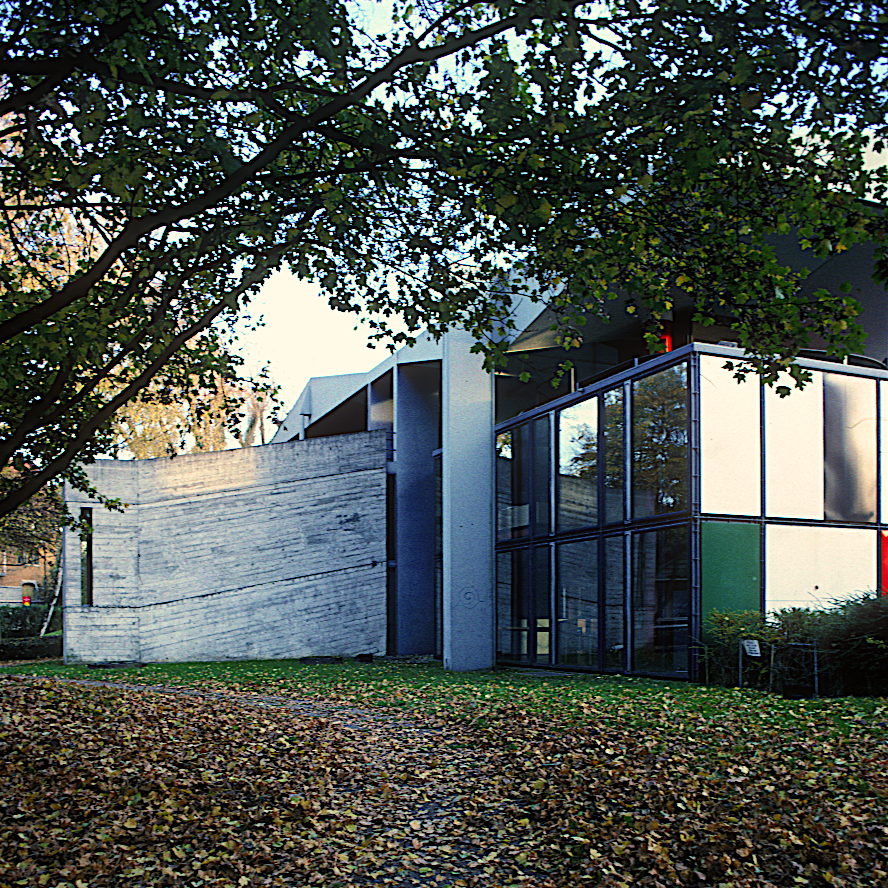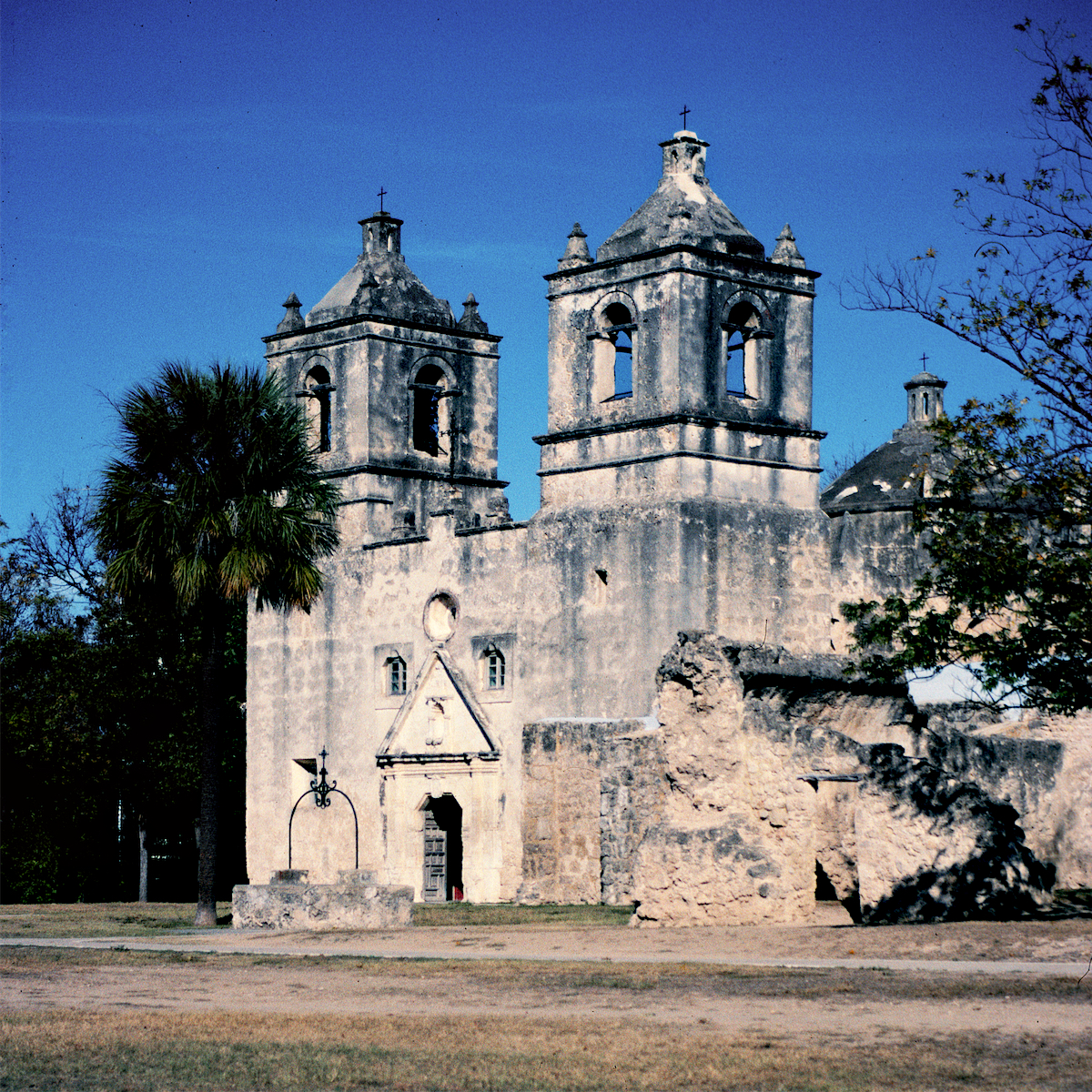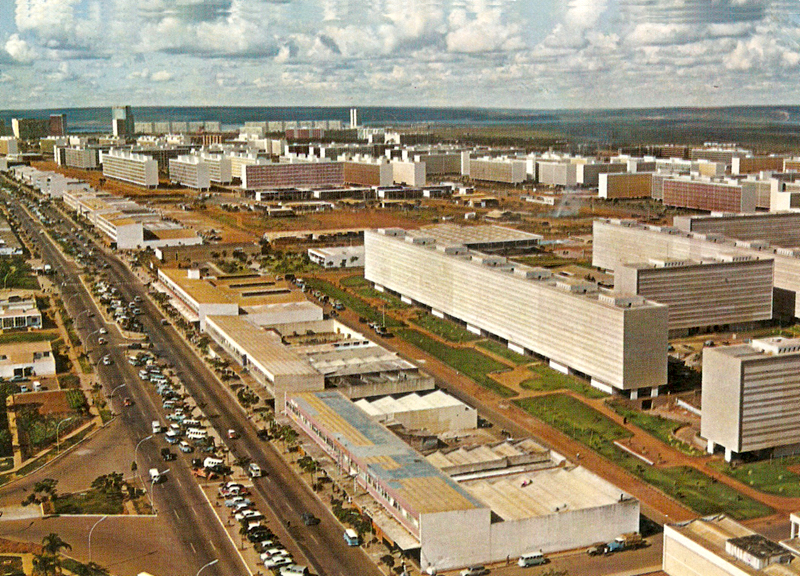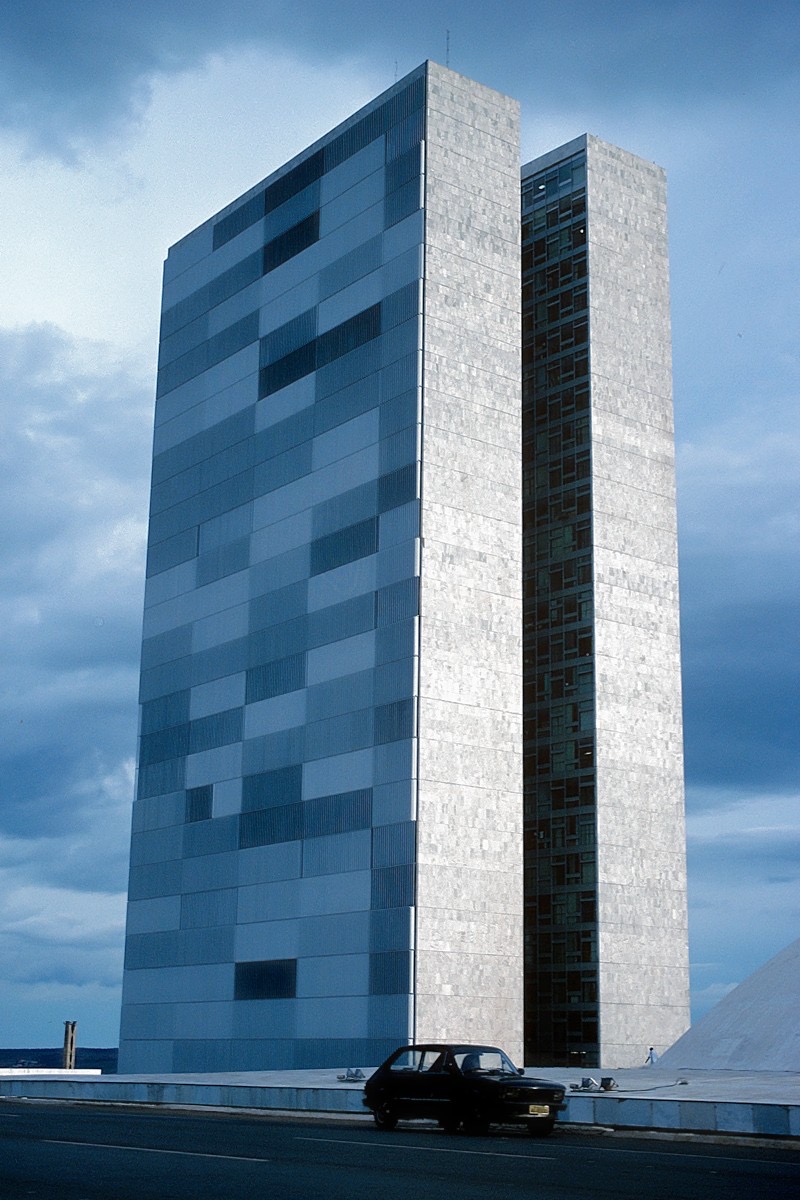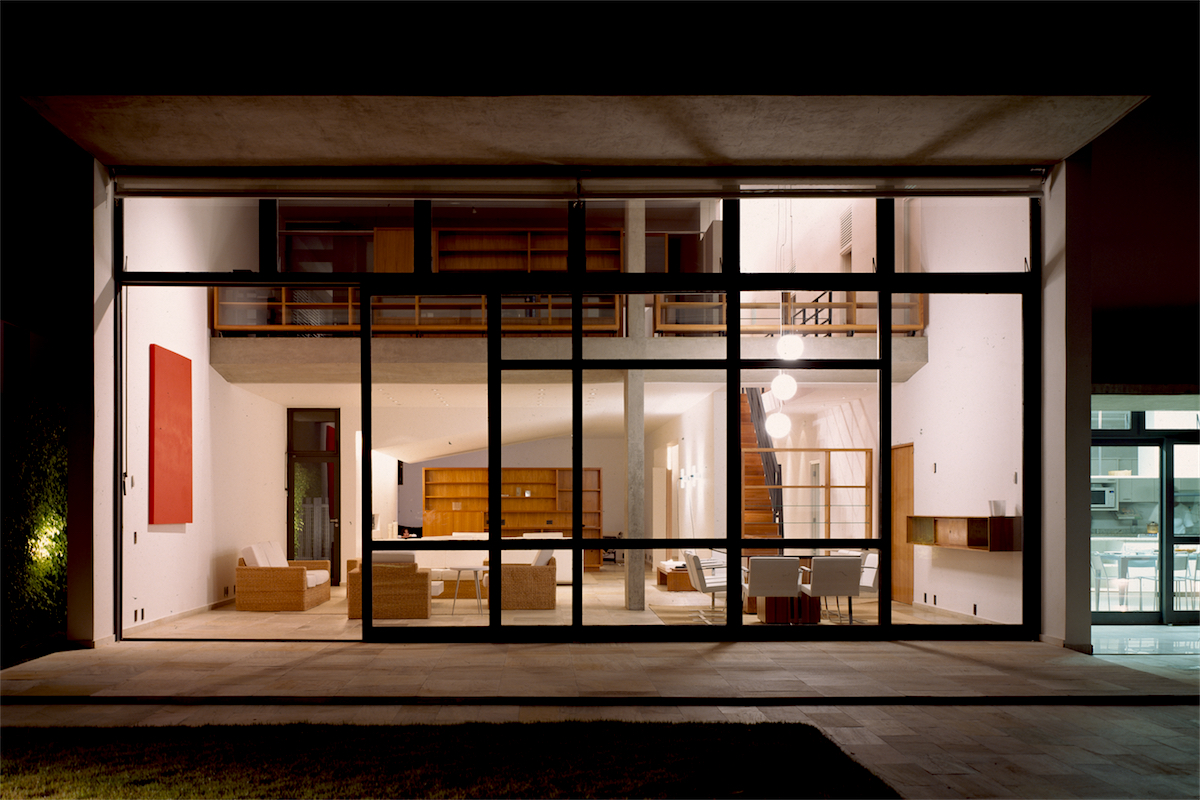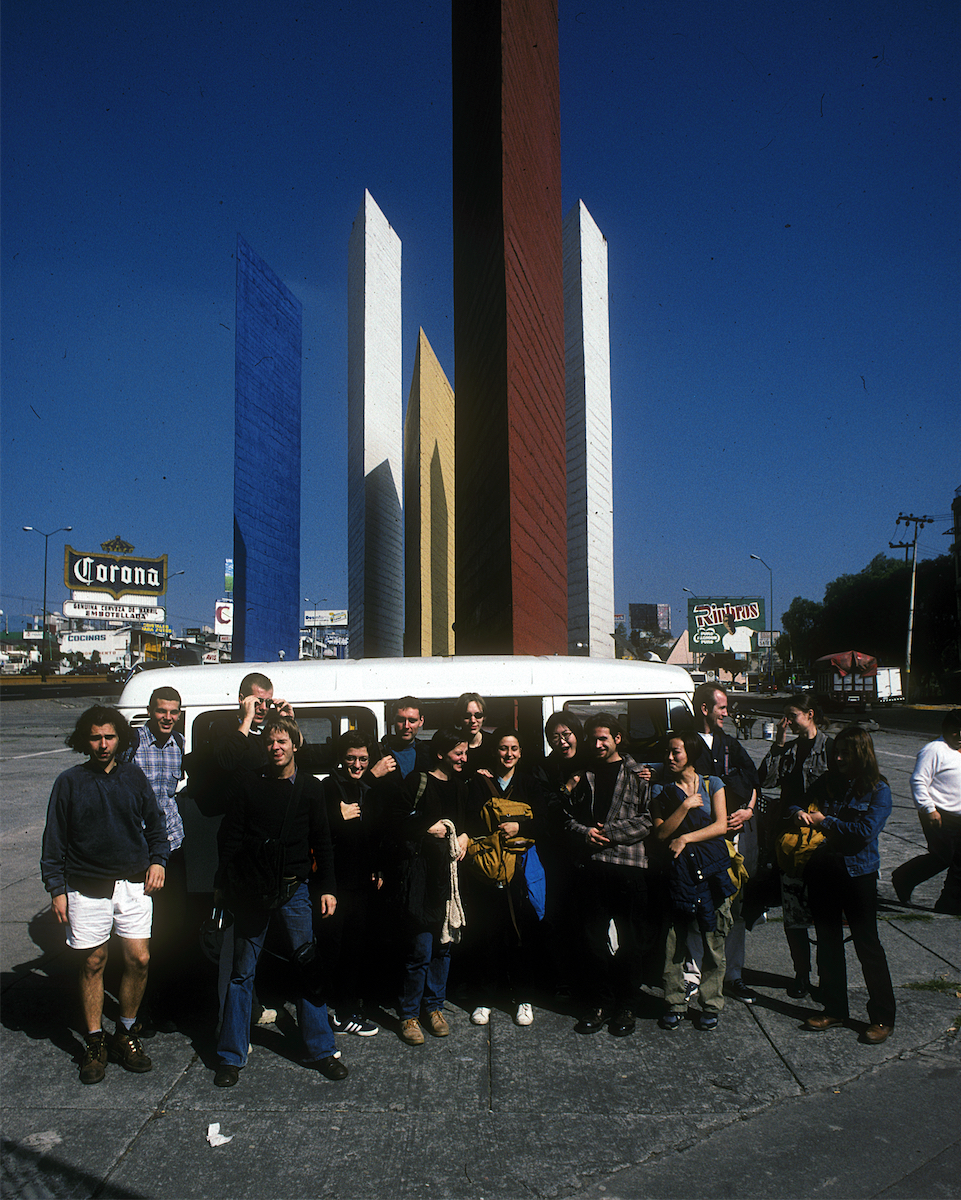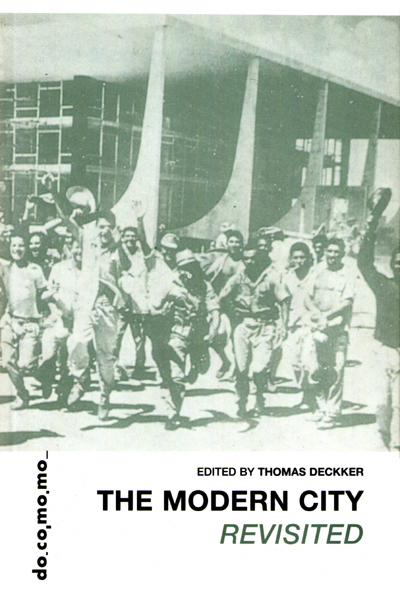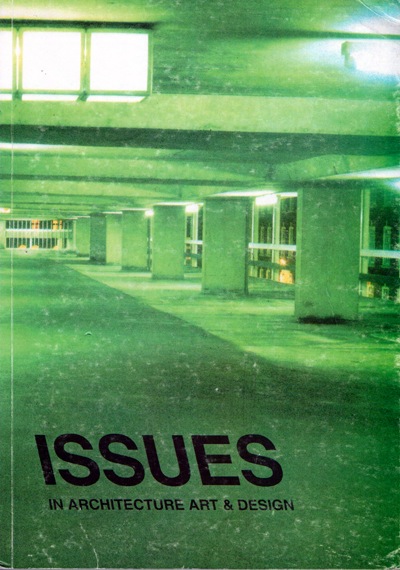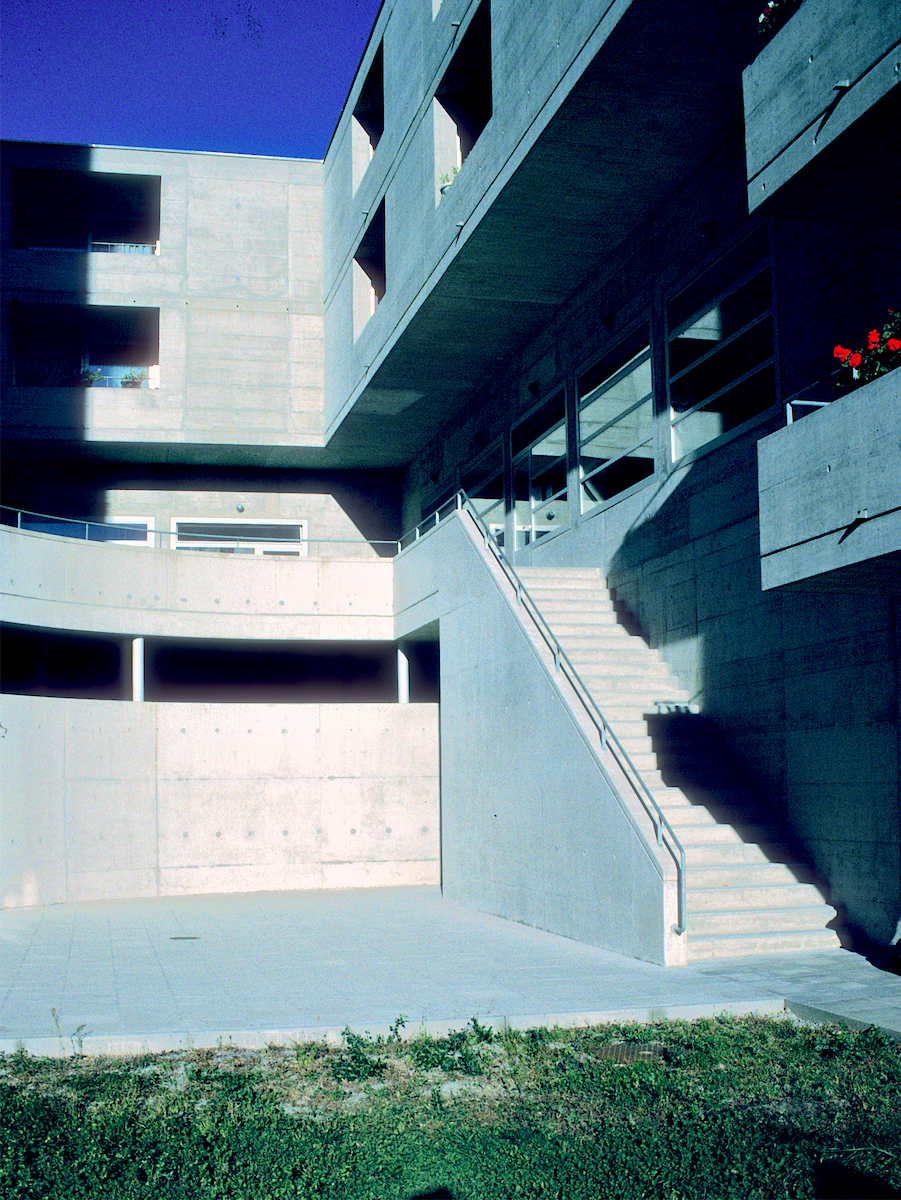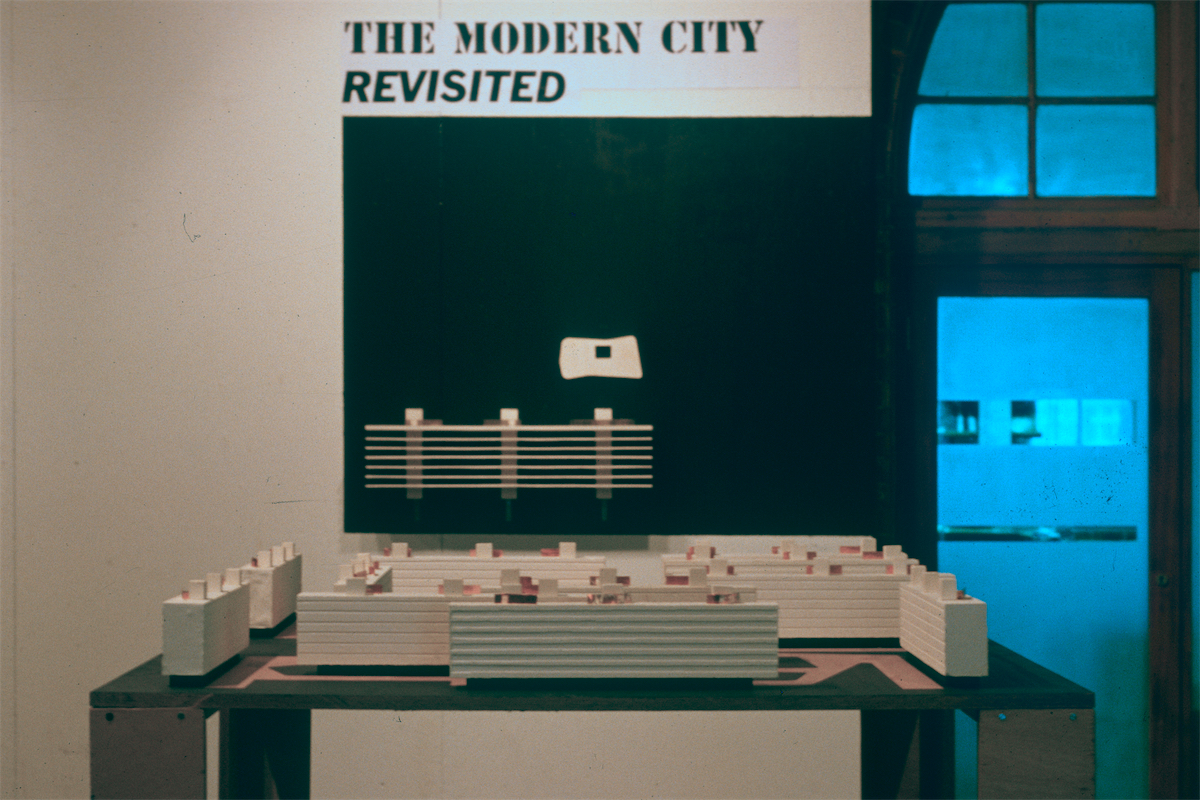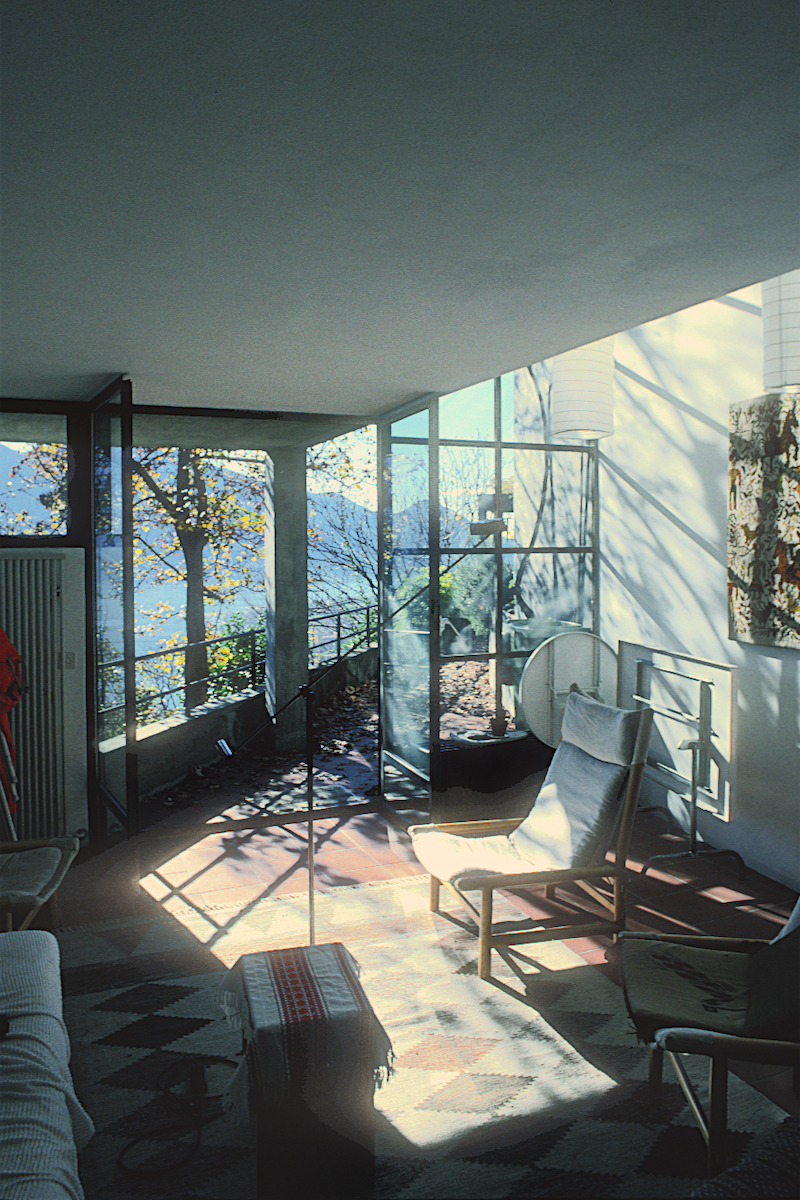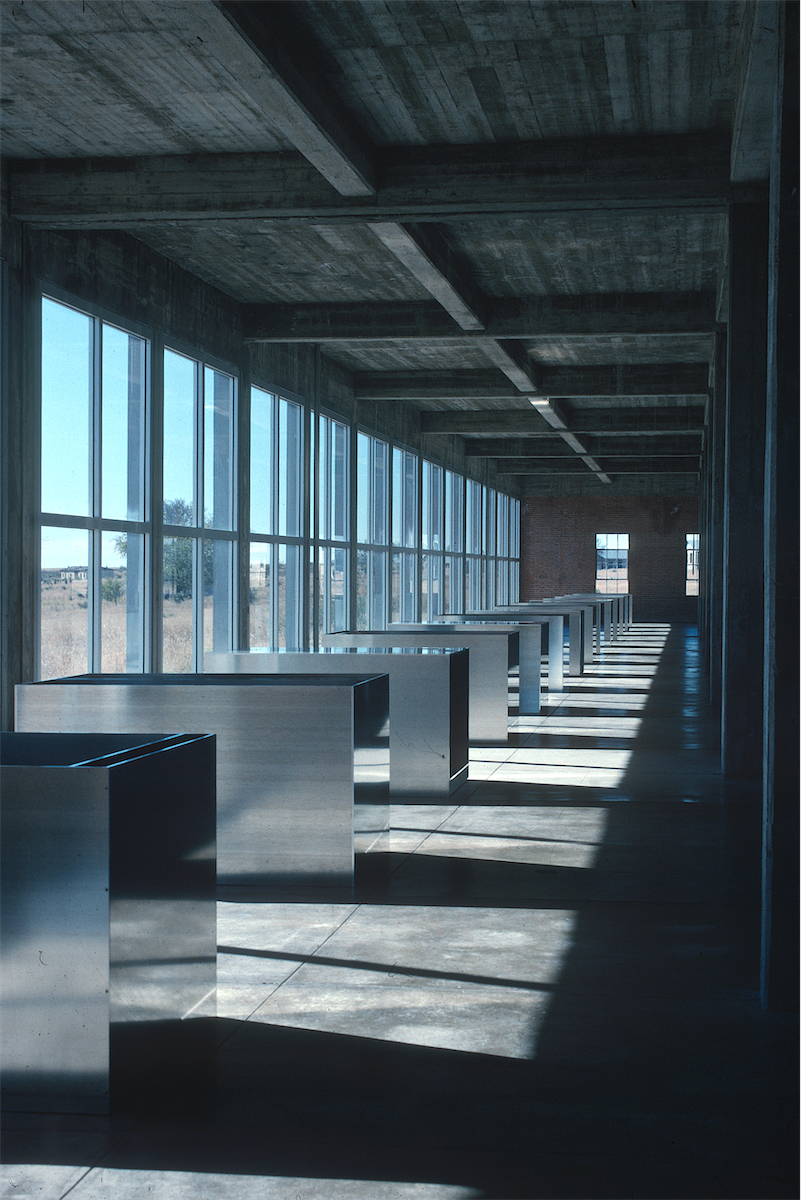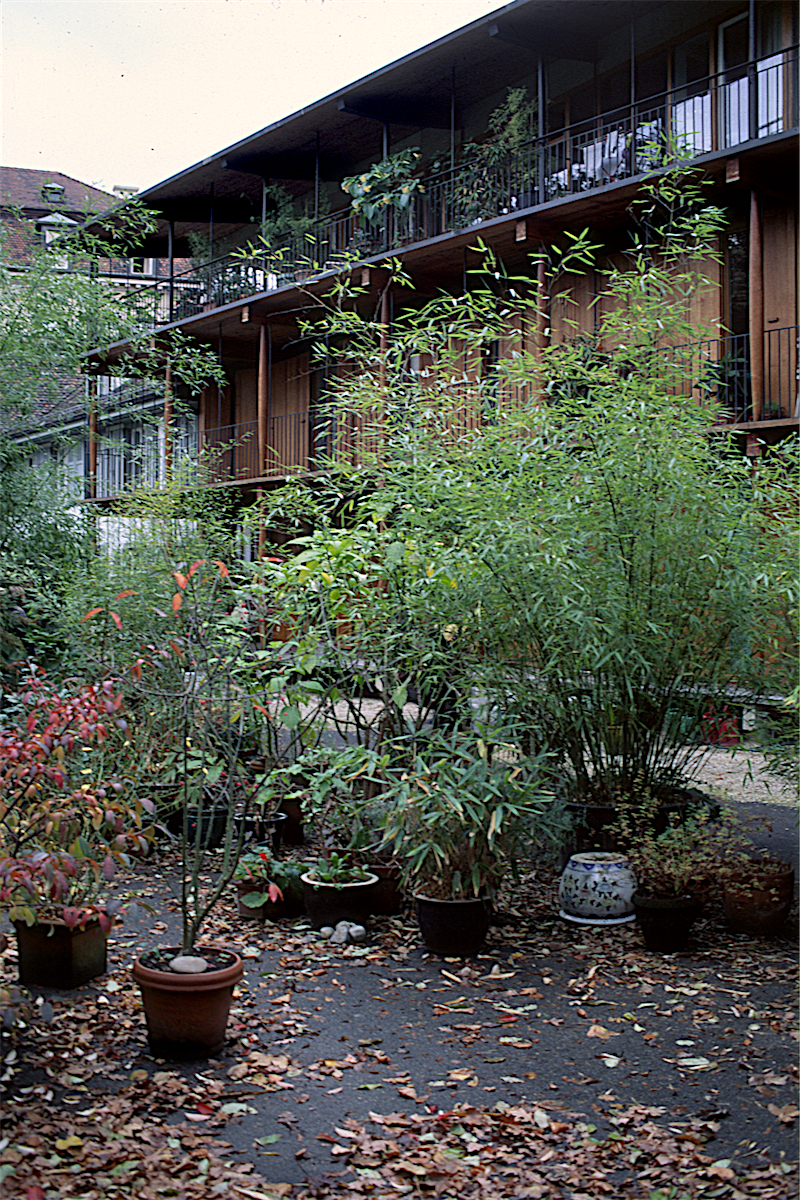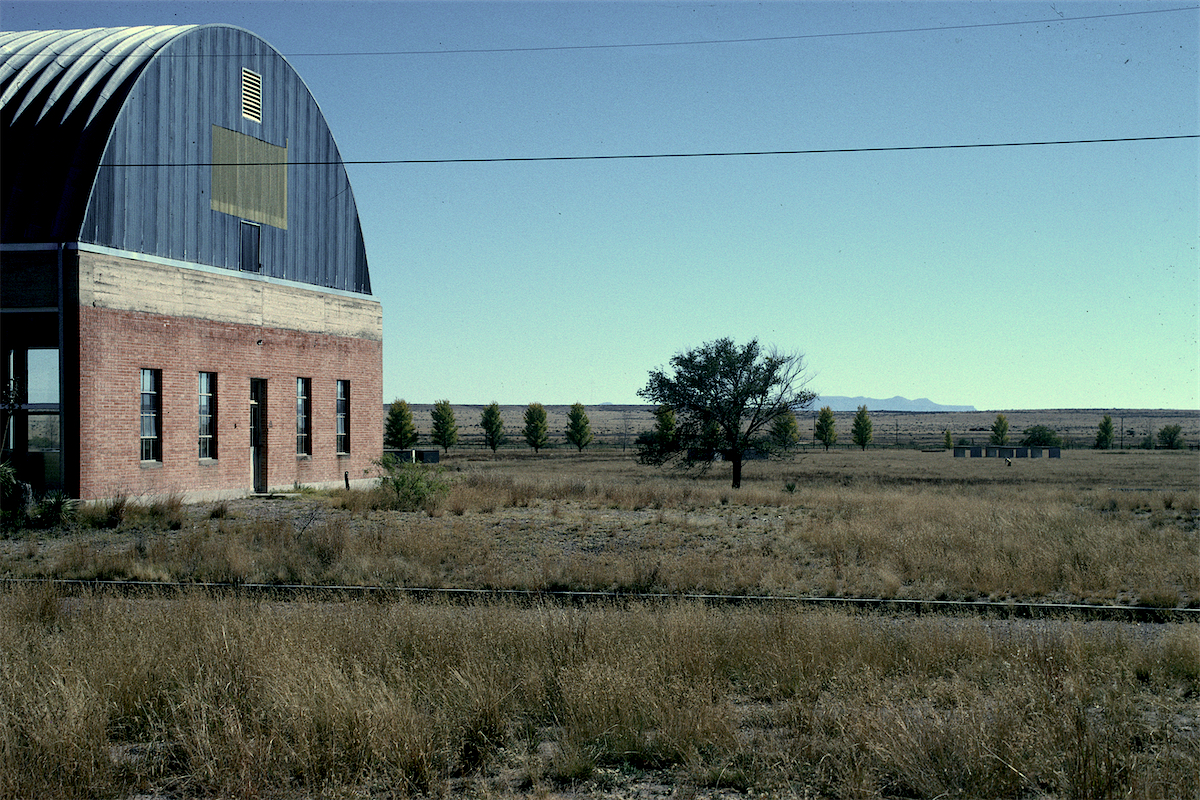In 1971 Donald Judd decided to leave New York and create a permanent setting for his work outside the museum circuit, where he considered that it was treated as a commodity, in Marfa, Texas. To encounter Judd's work in Marfa inevitably involves a re-appraisal not only of his sculptural pieces - displayed under what he considered ideal conditions - but of their relation to the landscape in which they were sited - the plains of West Texas. His sculptural pieces - series of precise cubic forms arranged without composition, such as '100 mill aluminium works' or '15 concrete works' - seem to be stripped of all cultural and metaphorical references, but their placing in the landscape has brought to them another dimension: that of the personal experience of the material object in natural space and light.
The intense physical experience of Judd's work seen on site has engendered a particular critical vocabulary - scale, form, material, light, and topography - for both art and landscape. Judd was not the only artist to work in this manner: equally important are works by, for example, Carl Andre and Richard Serra, but Judd intended to bring aesthetic experience into all levels of life - from landscape to architecture to furniture, an intention which he realised in Marfa. Judd had been initially attracted to architecture and never relinquished this interest, as may be seen in his various houses in New York and Marfa, and his house and architectural projects in Switzerland; his formative experiences as an artist were with Robert Smithson in the Meadowlands, the industrial hinterland of New York, as were those of Andre and Serra. He was working on the design for a railway station in Basle, with the architect Hans Zwimpfer, when he died suddenly in 1994.
Judd's rejection of contextualism and emphasis on personal experience have attracted a radical young generation of contemporary European architects to his work, such as Tony Fretton, Helio PiÖn & Albert Viaplana, and Herzog & deMeuron. Furthermore, this definition of object and site has provided a key to appreciating the work of an older generation - Luigi Snozzi, Aurelio Galfetti, Francesco Veneziano, Alvaro Siza, and Juan Navarro Baldeweg, whose attitude to architectural typology cannot be thought of as historical, but rather experiential. In common with Judd, both generations have rejected representation in favour of experience in their buildings; their work is concerned more with the intimacies of movement, material, and light. In general, one might characterise the sites of their buildings as the wastelands of modern cities: railway yards - such as PiÖn & Viaplana's Sants Plaza, Barcelona, suburbs - such as Galfetti's urban structures for Bellinzona, or the suburbanised countryside - such as Snozzi's work in Monte Carasso. These architects are proposing, in effect, the redefinition of the urban domain as topography.
thomas
deckker
architect
